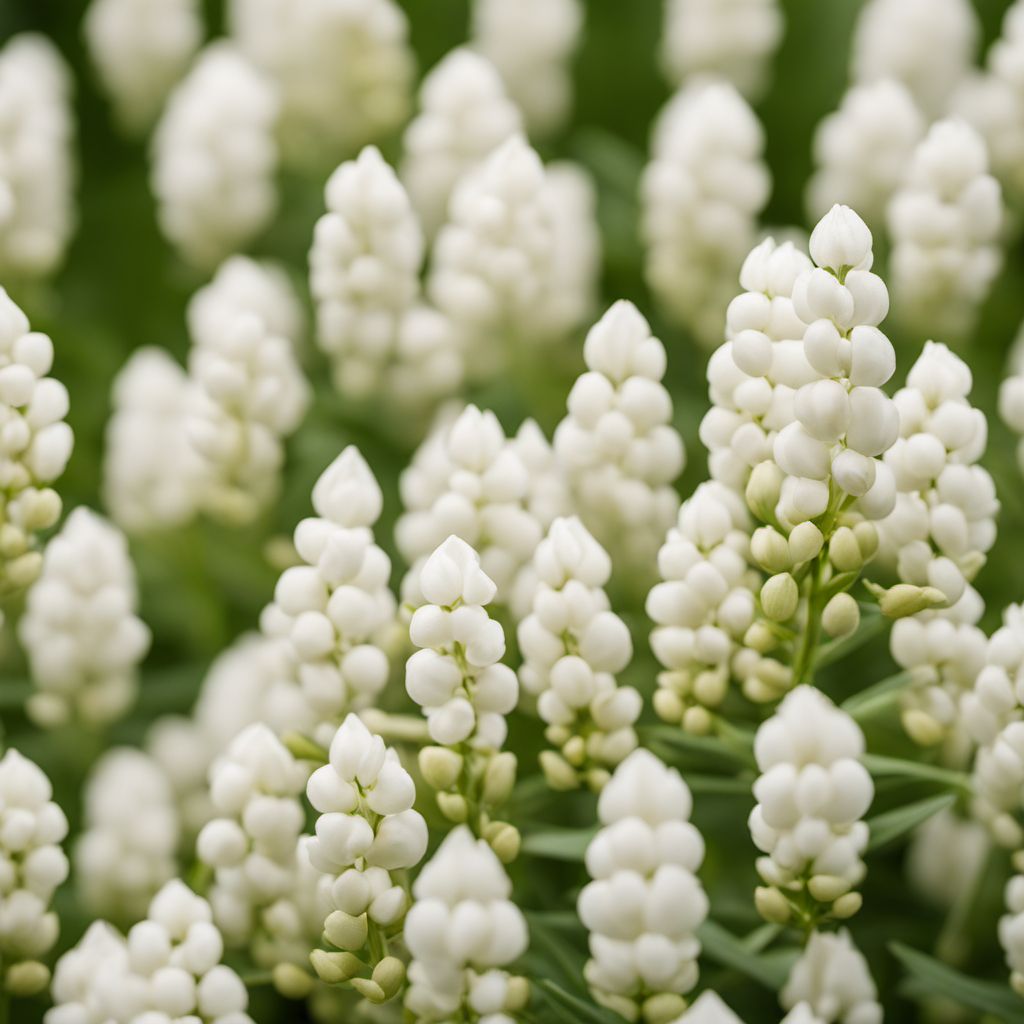
Ingredient
White lupin (without pods)
Luscious Lupin
White lupin, without pods, is a legume that belongs to the Fabaceae family. It is characterized by its small, round seeds that are creamy white in color. When cooked, white lupin develops a tender texture and releases a nutty aroma. Its mild, slightly sweet flavor makes it a versatile ingredient in various culinary applications.
Origins and history
White lupin has a long history and is believed to have originated in the Mediterranean region. It has been cultivated for centuries and has played a significant role in the diets of different cultures. White lupin is known for its ability to enrich the soil with nitrogen, making it a valuable rotational crop in agriculture.
Nutritional information
White lupin is a good source of protein, dietary fiber, and essential minerals such as iron, phosphorus, and potassium. It is also low in fat and contains no cholesterol. Additionally, white lupin is gluten-free, making it suitable for individuals with gluten sensitivities or celiac disease.
Allergens
White lupin may cause allergic reactions in individuals who are sensitive to legumes. It is advisable to exercise caution and consult a healthcare professional if you have known legume allergies before consuming white lupin.
How to select
When selecting white lupin, without pods, look for seeds that are plump, firm, and free from discoloration or damage. Avoid seeds that appear shriveled or have a rancid smell. Opt for packaged white lupin from reputable brands or sources to ensure quality and freshness.
Storage recommendations
To maintain the freshness of white lupin, store the seeds in an airtight container in a cool, dry place. Properly stored white lupin can retain its quality for up to a year. Cooked white lupin should be refrigerated and consumed within a few days for the best taste and texture.
How to produce
White lupin can be grown by amateur gardeners in suitable climates. It requires well-drained soil and full sun exposure. Sow the seeds directly in the ground or in containers, ensuring proper spacing. Regular watering and occasional fertilization can promote healthy growth. Harvest the seeds when they turn brown and dry them thoroughly before storage.
Preparation tips
White lupin can be boiled, steamed, or roasted to enhance its flavor and texture. It can be used as a protein-rich addition to salads, soups, stews, or grain bowls. Ground white lupin flour can be used in baking to add a nutty flavor to bread, cookies, or pancakes. It can also be processed into spreads or dips.
Culinary uses
White lupin is a versatile ingredient used in both savory and sweet dishes. It is commonly used in Mediterranean and Middle Eastern cuisines. White lupin is used in dishes such as lupin hummus, lupin soup, lupin-based stews, lupin flour-based baked goods, and lupin protein-rich salads.
Availability
White lupin is commonly cultivated in Mediterranean countries such as Italy, Spain, and Greece. It is also grown in other regions with suitable climates, including parts of North America, Australia, and South America.


